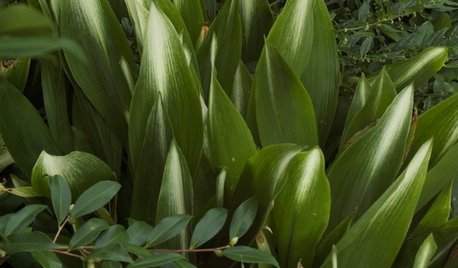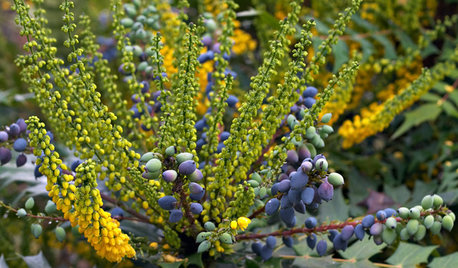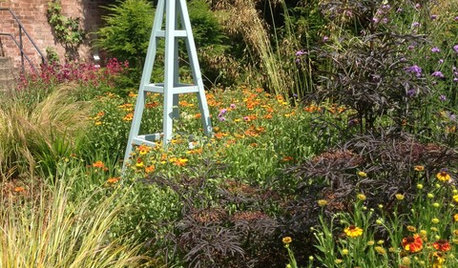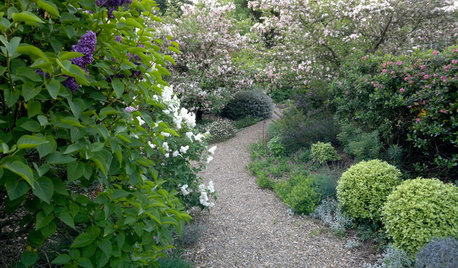Choisya ternata
Pat Smith
18 years ago
Related Stories

LANDSCAPE DESIGN7 Evergreen Wonders of the Plant World
Year-round interest, structure and beautiful color? These top-notch evergreens have gardens covered
Full Story
GARDENING FOR BUTTERFLIESGreat Design Plant: 'Charity' Oregon Grape
Giving nectar to hummingbirds and delicious berries to all, 'Charity' is a four-season garden delight that lives up to its name
Full Story
PLANTING IDEASModern Planting Ideas From a Historic English Garden
Low-maintenance, climate-fitting plants are just the beginning of the good things in this bishop’s updated garden
Full Story
LANDSCAPE DESIGNSee a Lush Australian Garden That Needs Little Water
Highly self-sufficient and sustainable, this oasis near Sydney offers something special around every corner
Full Story





blueheron
gardengal48 (PNW Z8/9)
Related Professionals
New Bedford Landscape Architects & Landscape Designers · Middle Island Landscape Architects & Landscape Designers · Aurora Landscape Contractors · Canton Landscape Contractors · Broadlands Landscape Contractors · Cliffside Park Landscape Contractors · Ocoee Landscape Contractors · Streamwood Landscape Contractors · Tamarac Landscape Contractors · Vashon Landscape Contractors · Greenfield Landscape Contractors · Fernandina Beach Window Contractors · Greenburgh Window Contractors · Opa Locka Window Contractors · Ruskin Window Contractorsjimsbiz
vetivert8
vetivert8